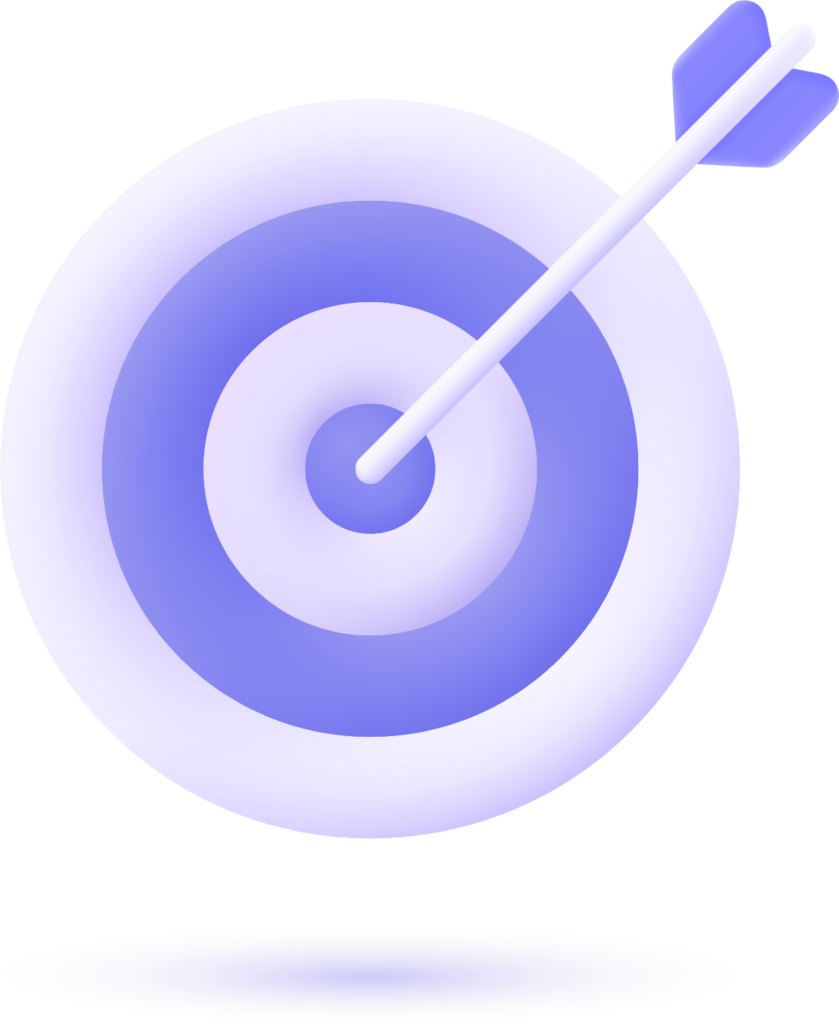Here’s something that 90% of early and growth-stage companies get totally wrong. In behavioral economics it’s a phenomenon called the “Curiosity Gap,” and it’s maddeningly underutilized.
Here’s how it usually happens.
Early and growth-stage companies are typically super excited about what they’re bringing to the market.
In this excitement, they tell you all about the product in their primary form of digital presence – their website.
What’s missing
A user arriving at the website gets the problem, the solution, how it works, technical details, and then even more detail in case they missed any of the other details.
What’s the problem with this?
From a potential customer’s perspective, there are no more questions. No intrigue. No curiosity.
They’re saying to themselves, “Interesting, I’ll think about this” and then they move on, most probably forgetting about you as they get to the next shiny website.
Introducing the Curiosity Gap
The Curiosity Gap is a powerful psychological concept pioneered in a 1994 paper, “The Psychology of Curiosity” by behavioral economist George Loewenstein. Its premise is that curiosity arises when there is a gap between existing knowledge and desired knowledge, motivating people to seek information to fill that gap.
The takeaway?
Less is more. Don’t give potential customers all the information. Hold some back. Tease. Hint. Spur engagement by getting them to follow up with you.
Expect questions like “How do you do that?” or “This sounds super interesting, but I really want to see a demo.”
Motivate people to engage. Utilize the Science of Growth to get ahead.






